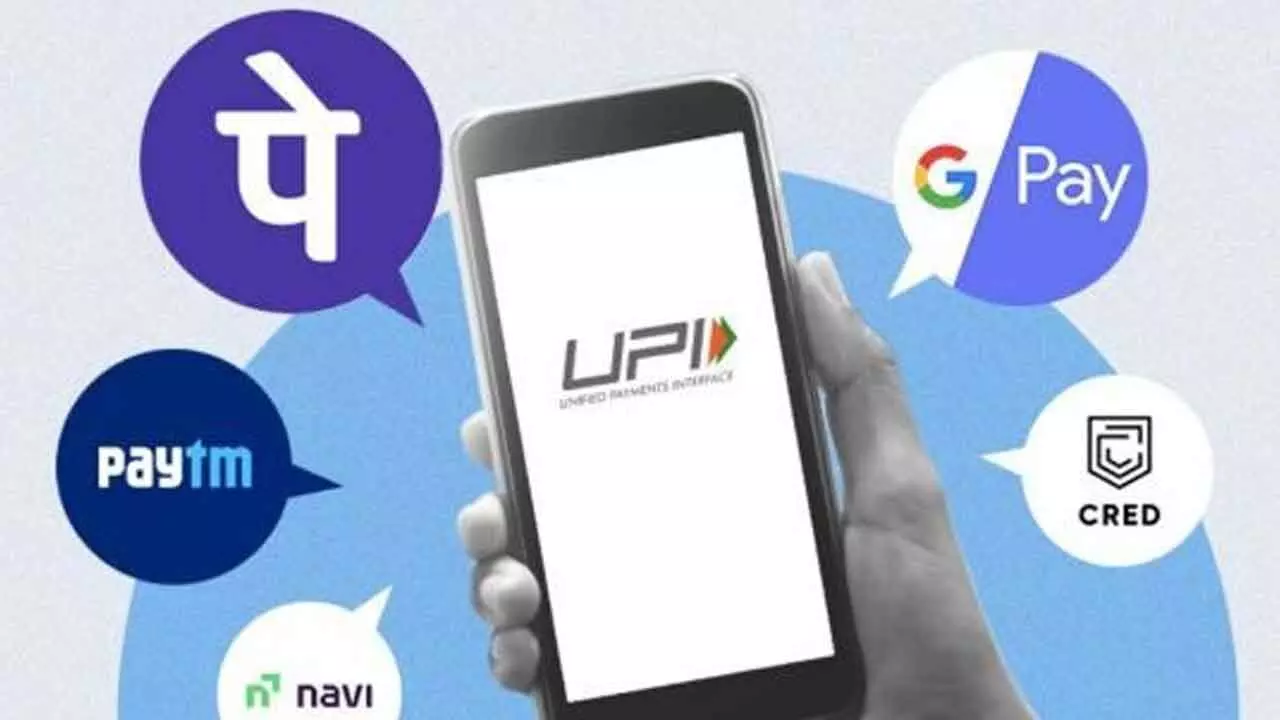Scan, Pay, Done: UPI Now Works in 15 Seconds
UPI users rejoice! From today, your payments will complete in 15 seconds. NPCI’s new rules also speed up payment failure checks and confirmations.
image for illustrative purpose

Unified Payments Interface (UPI) transactions across India are now set to process more quickly under new operational protocols introduced by the National Payments Corporation of India (NPCI).
Starting Monday, leading UPI apps such as Google Pay, PhonePe, and Paytm will complete transactions in approximately 15 seconds, a notable drop from the earlier average of 30 seconds. The adjustment comes as part of a broader strategy to enhance digital payment efficiency nationwide.
Alongside reduced processing time, the status confirmation for transactions has been upgraded. Users will now receive updates on transaction outcomes within 10 seconds, compared to the previous 30-second delay. The change aims to reduce uncertainty and improve clarity at points of sale.
In a typical use case, a consumer making a Rs 500 purchase via QR code can expect the transaction to conclude in nearly half the earlier duration. This improvement is intended to facilitate quicker checkouts and smoother payment flows during high-traffic hours.
NPCI has also optimized the process of tracking delayed payments. Payment platforms and banking partners can now initiate a status check for a pending transaction within 45 to 60 seconds of initiation, down from the earlier standard of 90 seconds. This aims to expedite the resolution of delays and enhance customer experience.
Additionally, transactions that fail to reach the UPI network due to connectivity or technical failures will now be automatically classified as failed, eliminating prolonged user wait times for system updates.
To maintain network stability, the number of status inquiries per transaction is capped. Each app or bank is permitted a maximum of three checks within a two-hour window.
NPCI's updated framework is structured to enhance speed, reliability, and user convenience in digital payment operations, particularly during peak transaction periods.

